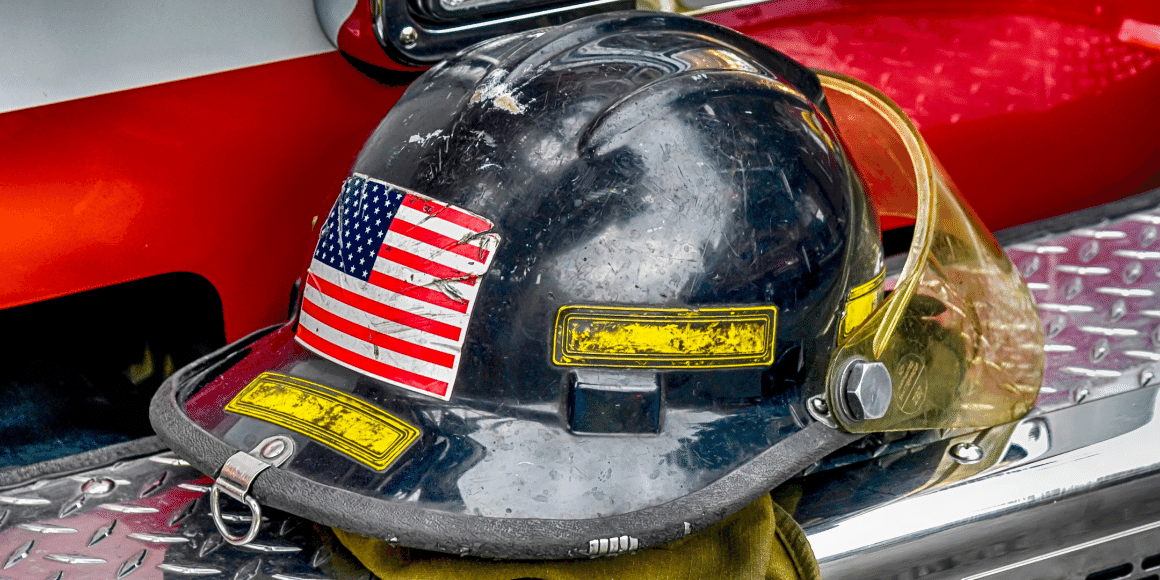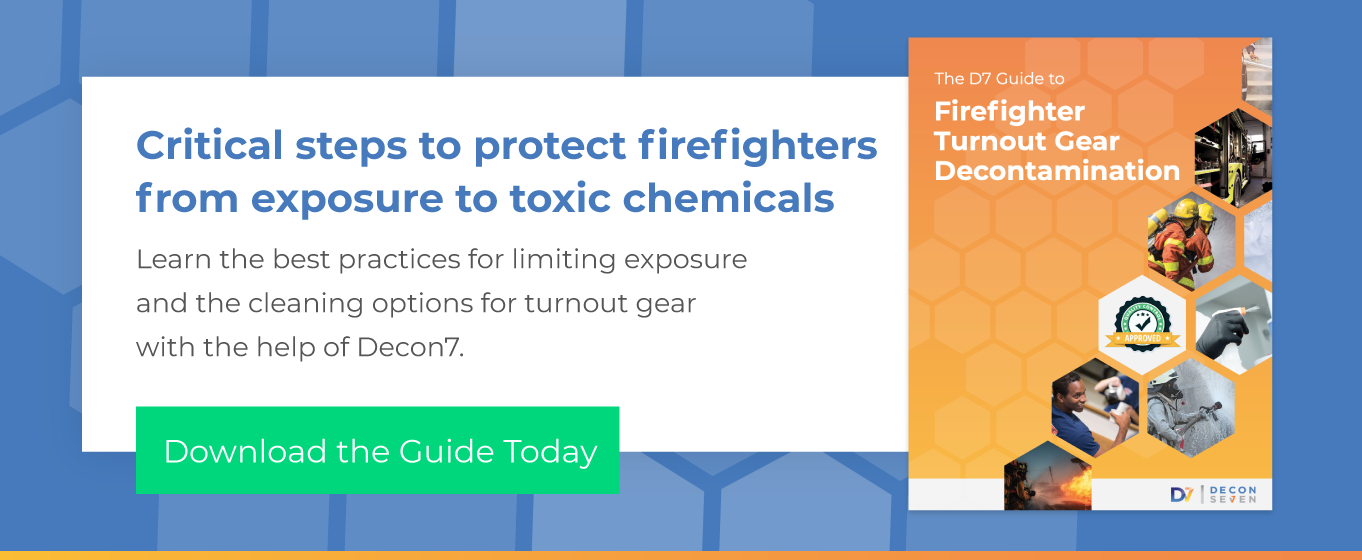 National Fire Protection Association (NFPA) 1851 is the standard used for the selection, care, and maintenance of firefighting gear. The intent behind the standard is to reduce the risk of exposure to fireground contaminants. As such, the document provides requirements and recommended procedures for cleaning gear. Understanding the terminology in the standard and the cleaning recommendations for different types of exposure is critical for compliance.
National Fire Protection Association (NFPA) 1851 is the standard used for the selection, care, and maintenance of firefighting gear. The intent behind the standard is to reduce the risk of exposure to fireground contaminants. As such, the document provides requirements and recommended procedures for cleaning gear. Understanding the terminology in the standard and the cleaning recommendations for different types of exposure is critical for compliance.
How NFPA 1851 Defines Cleaning
NFPA 1851 provides clear definitions of the recommended cleaning procedures in specific situations. Understanding these definitions is the first step in ensuring that you take the appropriate measures to reduce exposure to contaminants on gear:
Preliminary Exposure Reduction
“Techniques for reducing soiling and contamination levels on the exterior of the ensemble or ensemble element following incident operations.”
This step is recommended after almost every type of exposure.
Cleaning
“The act of removing soiling and contamination from ensembles and ensemble elements by mechanical, chemical, thermal, or combined processes.”
Under NFPA 1851, “cleaning” is a broad term that encompasses general cleaning activities. To conduct advanced or specialized cleanings, you must follow specific guidelines depending on the type of exposure.
Advanced Cleaning
“The act of removing both soiling and contamination generally associated with products of combustion.”
Specialized Cleaning
“The act of removing hazardous materials, soiling associated with body fluids, or other forms of contamination.”
Sanitizer
“A type of antimicrobial agent that is used to reduce, but not necessarily eliminate, microorganisms from the inanimate environment to levels considered safe as determined by public health codes or regulations.”
Contamination
“The accumulation of products of combustion and other hazardous materials on or in an ensemble element that includes carcinogenic, toxic, corrosive, or allergy-causing chemicals, body fluids, infectious microorganisms, or CBRN terrorism agents.”
Soiling
“The accumulation of sweat, dust, dirt, debris, and other nonhazardous materials on or in an ensemble that could degrade its performance or cause hygiene issues.”
The Difference Between Cleaning and Advanced Cleaning
Most fire departments think the cleaning they conduct in-house qualifies as advanced cleaning. But according to NFPA 1851, to be considered advanced cleaning—which is the minimum level of cleaning required—the people or organization performing the work must meet one of the following criteria:
-
- Verified cleaner, organization, or independent service provider (ISP)
- Manufacturer-trained for the ensembles and ensemble elements
- Ensemble or ensemble element manufacturer
Unless the people on your team are trained and certified in advanced and specialized cleaning, you are not meeting NFPA 1851 standards when these types of cleaning are required. Independent service providers that offer advanced and specialized cleaning have proven that they can successfully remove the required amount of volatile organic compounds (VOCs), heavy metals, and biological contaminants.
When Advanced Cleaning is Required
The NFPA provides a tool to help you determine which approach to take in various circumstances. In almost every case—except for chemical, biological, radiological, and nuclear (CBRN) exposure—the first step is preliminary exposure reduction, ideally conducted at the fireground. Beyond that, it’s up to the individual wearer or another qualified individual to determine whether advanced cleaning or specialized cleaning is required.
This evaluation should be performed after every incident. In general, if the incident included exposure to combustion products, advanced cleaning is required. Advanced cleaning is also required at least two times per year regardless of exposure. Specialized cleaning is required for certain contaminants, including hazmat incidents, certain chemicals, and asbestos.
Advanced Cleaning with Decon7 Systems
The Mobile Extraction Unit® (MEU)—developed by Redline Gear Cleaning using patented technology from Decon7 Systems—delivers verified advanced and specialized gear cleaning for fire stations. Although it’s not required to outsource advanced cleaning, one of the key benefits is reducing your liability for ensuring NFPA 1851 standards are met.
The MEU comes to you and cleans up to 40 sets of gear a day, saving time and ensuring that the work meets NFPA 1851 standards. The MEU uses D7—which is proven to be non-damaging to turnout gear materials—to neutralize the chemicals found in combustion products. This includes harmful hazards, some of which are carcinogenic. D7 can also inactivate biological contaminants for gear that requires specialized cleaning or sanitizing.
In addition to its use in the MEU, D7 can also be deployed at the fireground for preliminary exposure reduction. Treating gear, the cab, and storage areas at the scene reduces the risk of cross-contamination from gear transportation and exposure to combustion hazards.
To learn more about using D7 at the fireground and in the station, read The Decon7 Guide to Firefighter Turnout Gear Decontamination.


